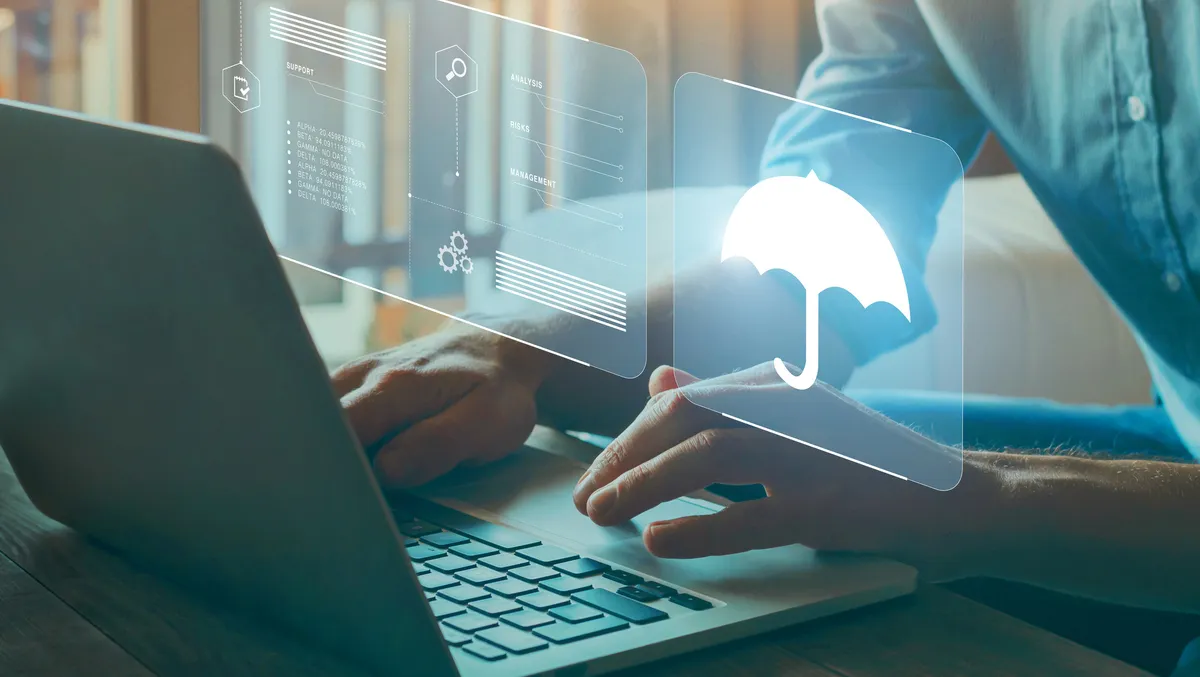
Updating your cyber resilience with MDR
The pressure on IT teams across Australia is at boiling point. A rise in cybercrime combined with a lack of skilled cybersecurity personnel and changes in the way people work – such as hybrid workforces and remote work practices – has pushed this pressure to new extremes.
In fact, the number of Australian organisations being attacked by ransomware has risen well above the global average. According to Sophos' 2022 State of Ransomware report, 80% of Australian organisations were hit with ransomware in 2021, up from 45% in 2020. By comparison, 66% of global respondents experienced a ransomware attack in 2021.
The cost of recovering from a ransomware attack can be immense with the average cost to recover from a ransomware attack in 2021 being AUD$1.61 million, with Australian organisations taking on average one month to recover from an attack. Then there are the reputational damages, lost customer trust and other longstanding issues that organisations may never recover from.
Many organisations consider cyber insurance as a safety net for a ransomware attack however, as insurers increasingly seek to reduce their risk and exposure, the days of solely relying on cyber insurers to cover a wide range of ransomware recovery costs, including the ransom itself, are gone.
As cyberattacks have become more frequent, complex and severe, it has become harder for organisations to meet the increased requirements of cyber insurers.
In 2022, insurers won't cover an organisation if they're not taking adequate measures to stop an attack in the first place so organisations now need to take a more mature approach to their broader security strategies by improving cyber defences first, before being able to acquire cyber insurance. This, in turn, is putting even more pressure on already overloaded IT teams to bridge the gaps.
More often than not, these teams responsible for security are faced with countless security alerts and false positives across multiple, often siloed, cybersecurity tools, which makes it extremely difficult to actively identify and react to threats before an organisation's systems are compromised.
Adding to this, larger organisations with borderless teams working remotely could have endless amounts of sensitive data moving outside the office and across many devices, often with different, and questionable, security safeguards.
Some of the biggest challenges for IT teams come from remote workforces. Issues such as tracking and managing assets in the cloud, inadequate backup and recovery systems, and tracking remote teams to ensure they're following data security protocols.
In the midst of all this, an organisation can't lose sight of the fact that protecting its assets from cybercrime is a two-way street. On one side of the road, they must invest in the best cybersecurity solutions they can afford, while on the other side, they need to be educating employees about the inherent risk of doing business online.
To bolster cybersecurity, organisations need to be proactively hunting for threats to identify and stop adversaries before they can execute their attack. If the team lacks the time or skills to do this in-house, outsourcing to a Managed Detection and Response (MDR) specialist is a great option.
How does an organisation benefit from MDR services?
- Elevated protection – One of the major advantages of using an MDR provider over in-house-only security operations is elevated protection against ransomware and other advanced cyber threats.
- Free-up IT capacity – Always-on threat hunting is time-consuming, unpredictable work that often prevents IT teams from focusing on more strategic projects. Organisations implementing Sophos MDR report considerable IT efficiency gains from using the service, which, in turn, enables them to better support their organisation's goals.
- Experience – An MDR vendor will engage with a greater volume and variety of attacks than any individual organisation, giving it a level of expertise that is almost impossible to replicate in-house. MDR service providers also have much greater fluency in using threat-hunting tools, enabling them to respond more quickly and accurately.
- Peace of mind – With malicious actors located around the globe, an attack can come at anytime from anywhere. By providing 24/7 coverage, MDR services provide considerable reassurance and peace of mind. This means your IT team can literally sleep better at night, knowing the buck stops with their MDR provider.
- Improve your cyber ROI – Maintaining a 24/7 threat-hunting team is expensive and labour-intensive, requiring at least five or six full-time staff. MDR services provide a cost-effective way to enhance your quality of protection and stretch your cybersecurity budget much further.
Final thought
For senior leaders and customers, 24/7 expert coverage and a high level of cyber readiness provide powerful reassurance that the organisation, its data, partners, employees and customers are well protected.
For more, visit sophos.com

